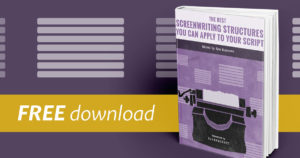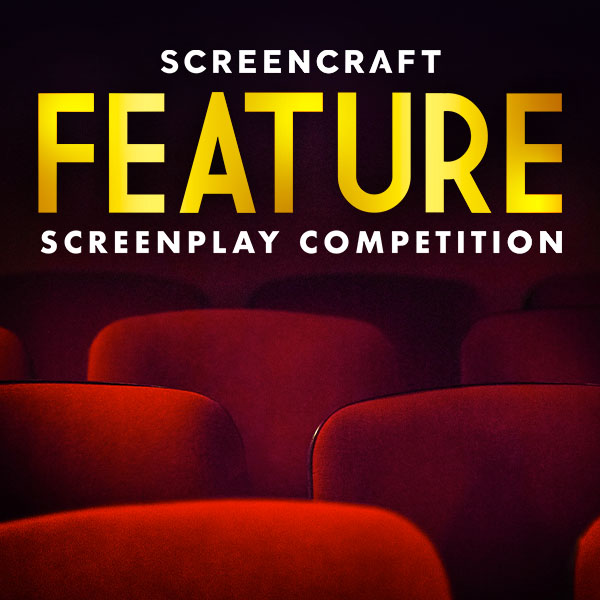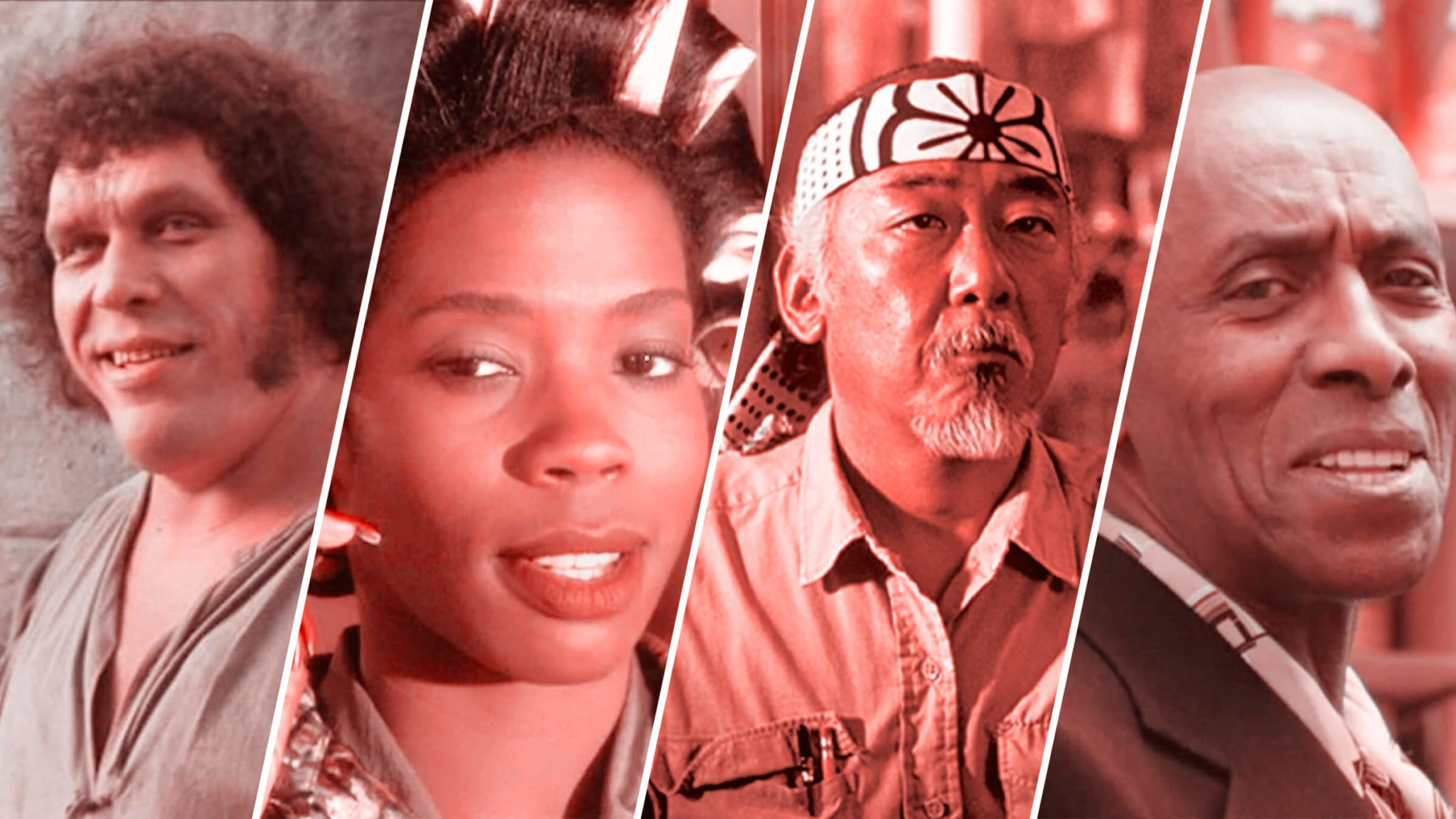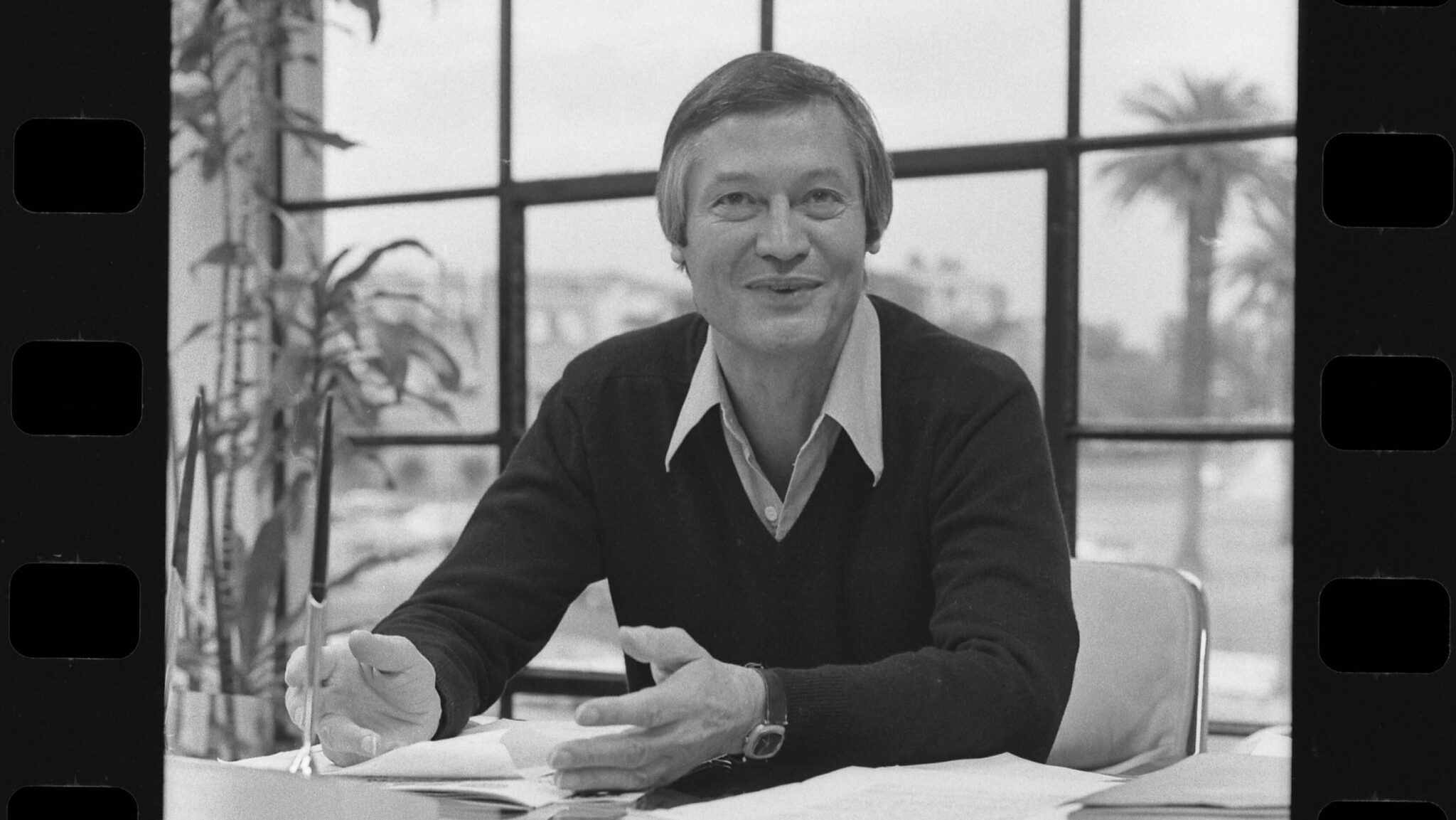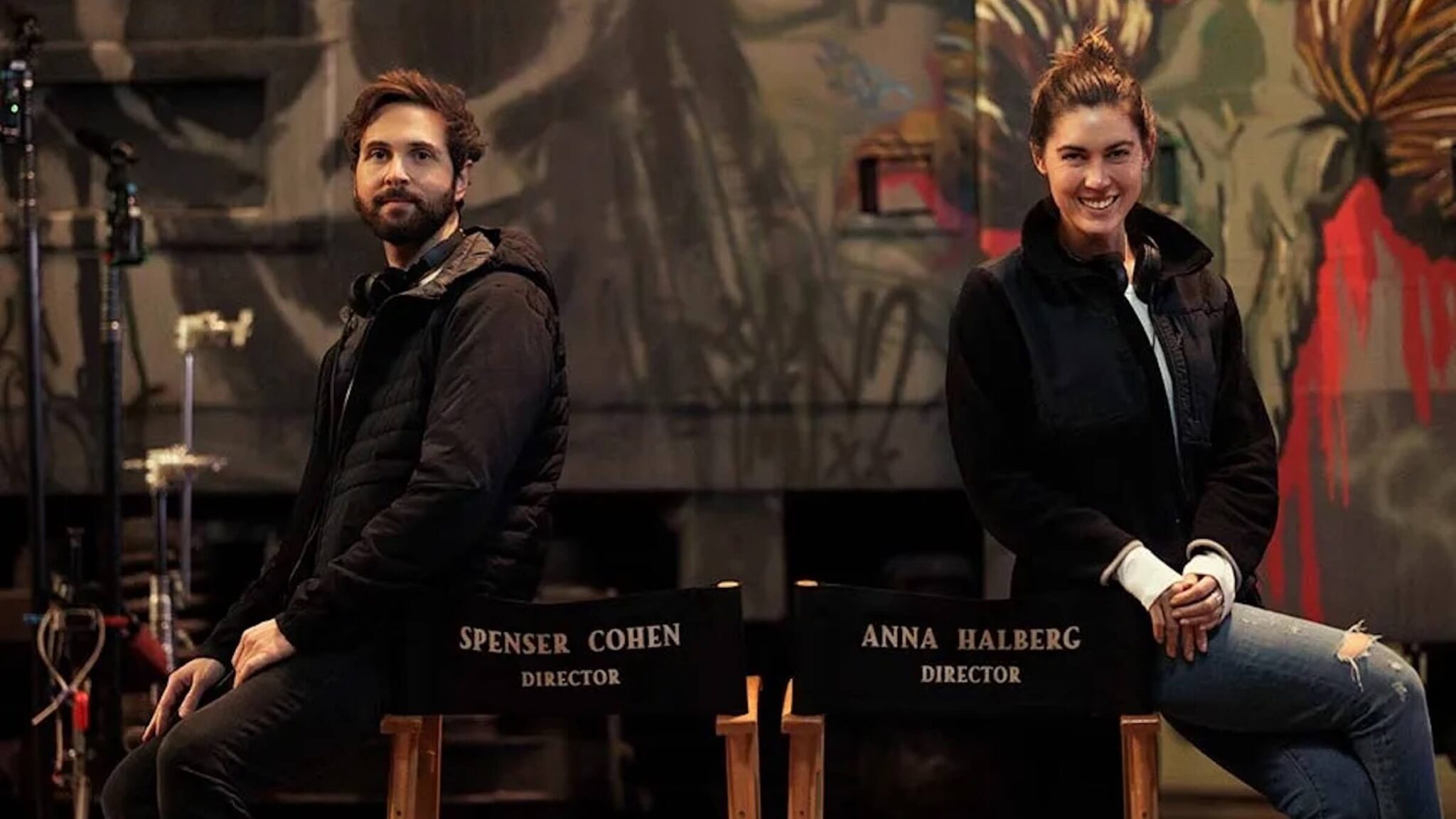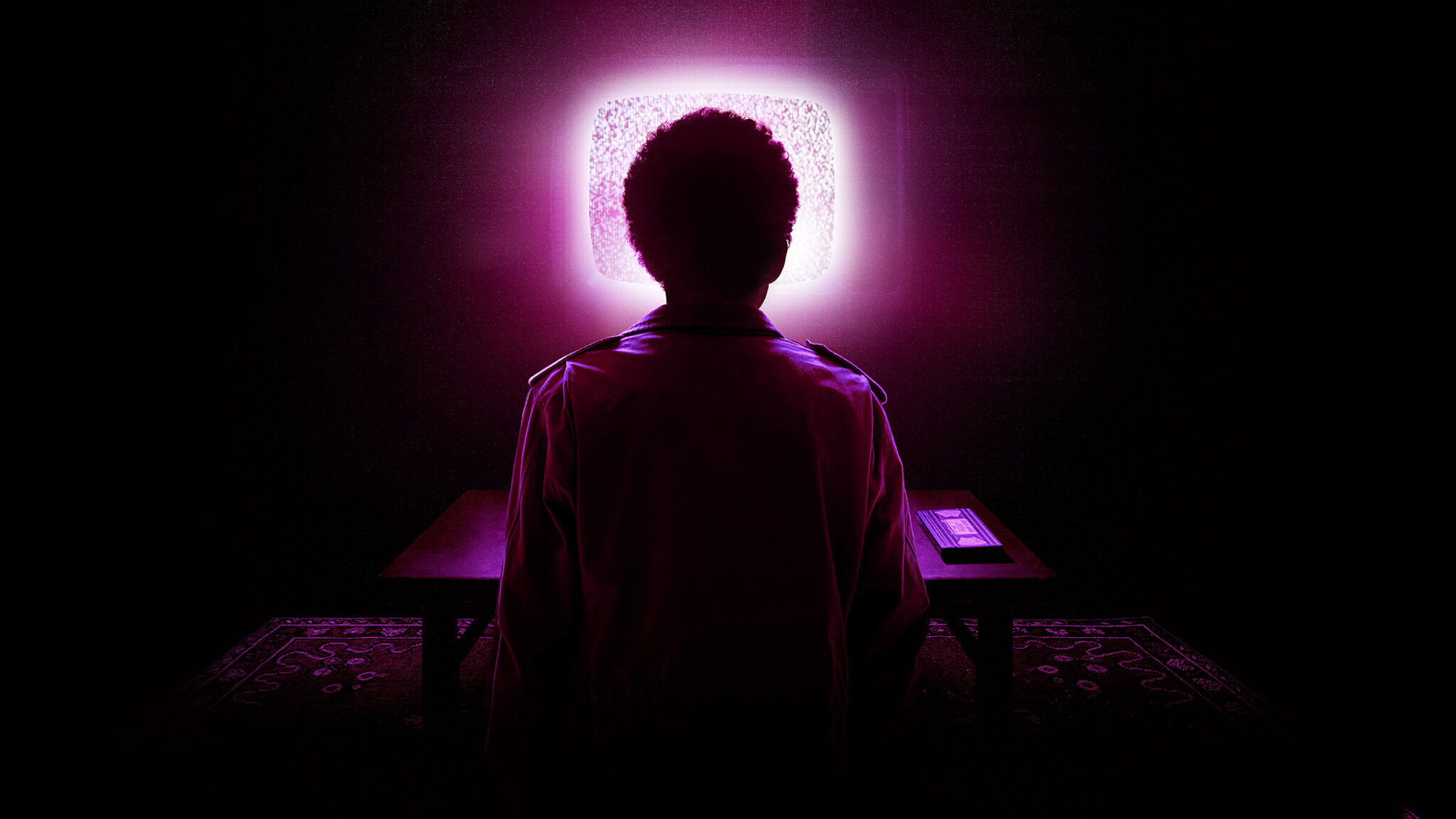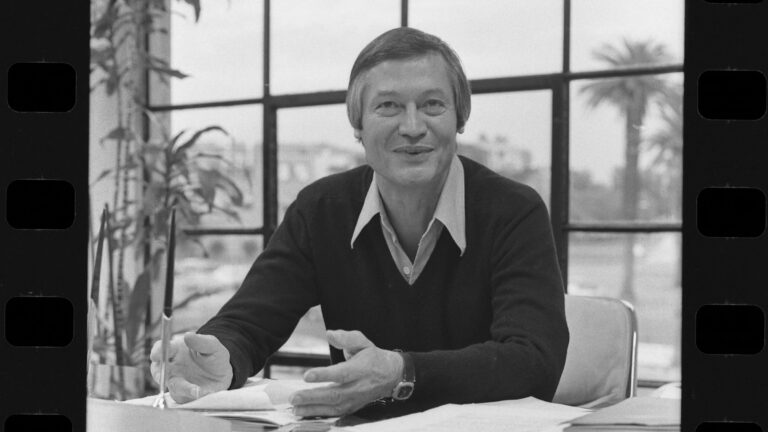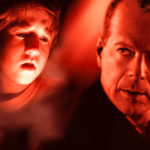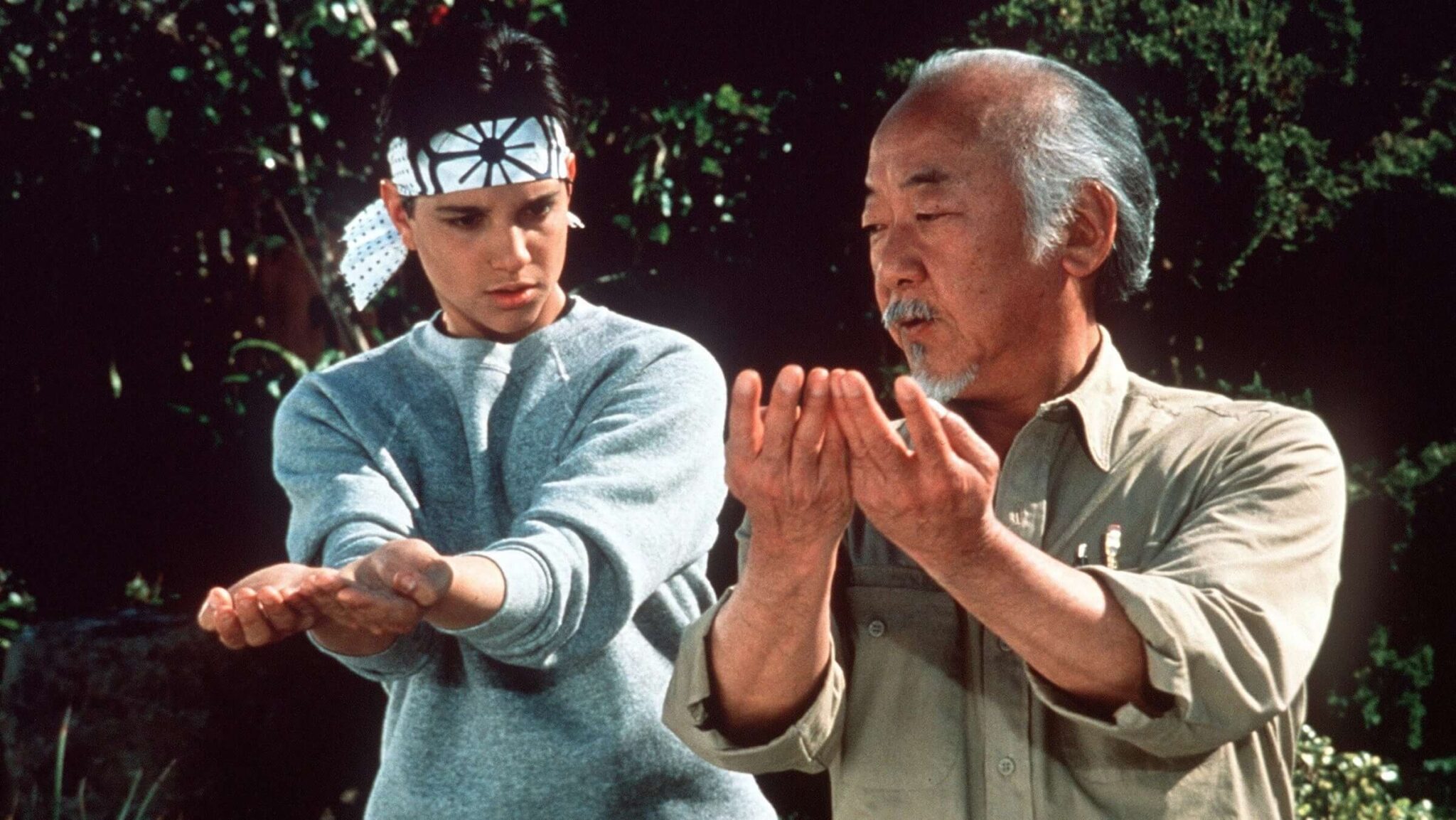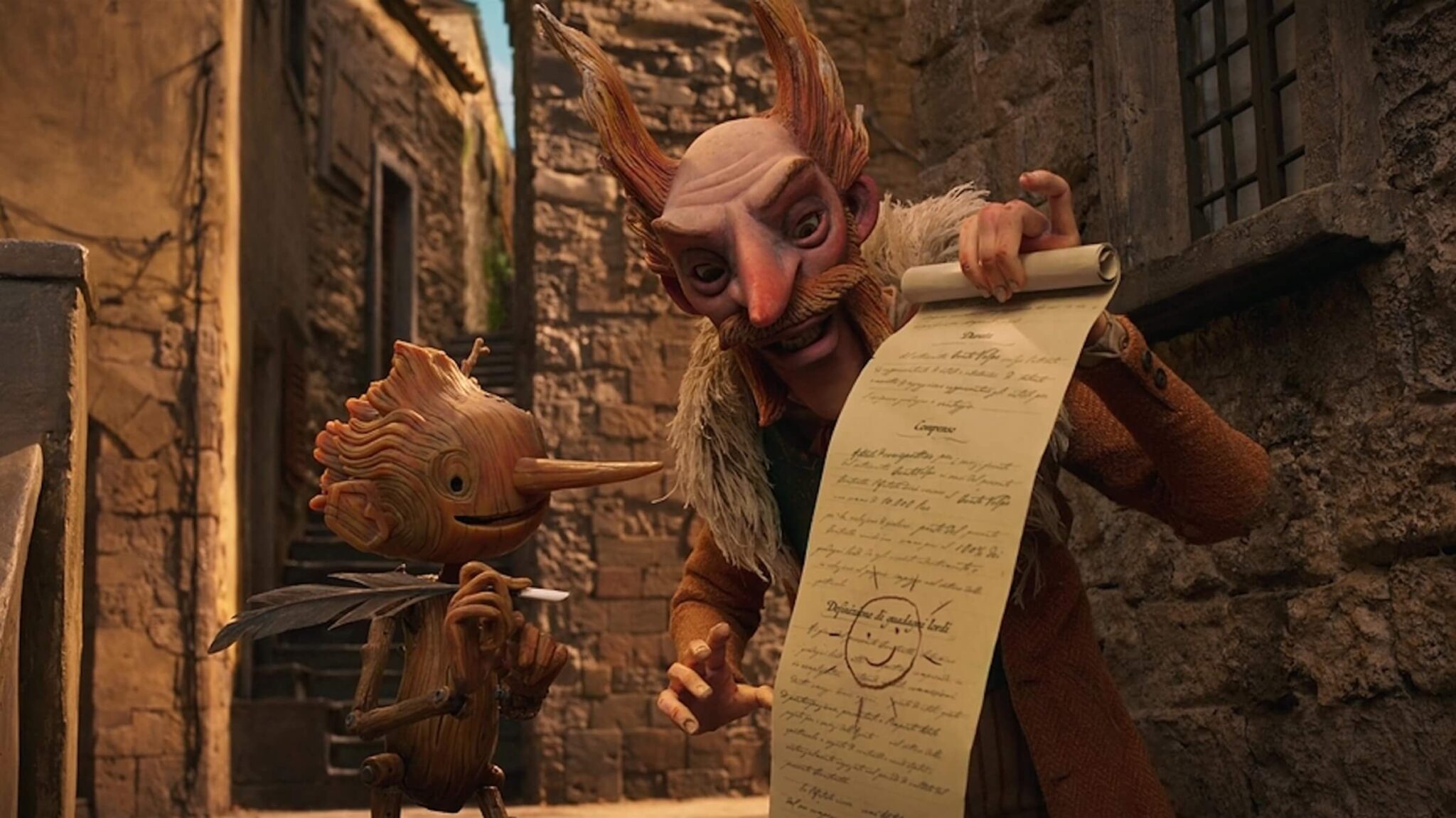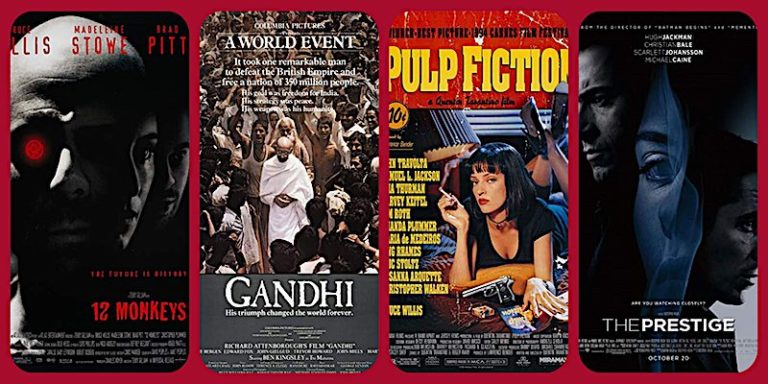
Why do some movies begin with the ending?
There's no single answer to how you should structure a screenplay. Different structures work for different reasons. Structure is less about hitting specific beats at certain page numbers and more about deciding what type of framework you want to build your story on, and how that framework helps to tell that story.
One particular structure — Fabula/Syuzhet Structure — usually entails showing the ending of the movie first. Fabula/Syuzhet Structure comes to us from Russia, using terms that originated from Russian formalism and employed in narratology ('the branch of literary criticism that deals with the structure and function of narrative and its themes, conventions, and symbols.')
Fabula is the meat of the story while the syuzhet is the narration and how the story is organized.
This specific structure employed by American cinema often utilizes original organization by showing the end first, and having the audience view how they got there. The story is about the journey and focuses on the how as opposed to the what.
How does beginning your script with the ending service the story itself? There are several benefits to employing this type of cinematic story structure in your screenplays.
Learn more about structure by downloading this free eBook!
Offers an Instant Hook
Screenwriters are instructed that they need to hook the reader or audience within the opening pages of the screenplay. But that provides a conundrum for many writers because they also need to introduce their characters — often in their Ordinary World — and set up the upcoming conflict. So how can you serve the story in that fashion while also offering an engaging hook?
Beginning with the ending is an effective way to hook the audience. We're thrust into the story and characters without really knowing them yet. This adds immediate and compelling mystery in the first few pages of your screenplay as we transition to the beginning of the story after a vital third act scene or sequence teases the reader or audience about what is to come.
And it's pretty cool — from a studio reader's perspective — to open a script with an immediate cliffhanger. When done right, we're engaged and compelled to read on.
Builds Instant Anticipation
Because we've seen a vital third-act story-point — and hopefully have experienced a well-written opening cliffhanger — anticipation as to how the characters got there is instant.
When the script skips back to the beginning, we're always going to have that cliffhanger in mind. We're always going to be looking for seeds, plants, and clues as to how those characters are going to get to that point.
And an additional screenwriting trick is to flashback to those characters and showcase them in the exact opposite frame of mind and situation. If you open with a character tied to a chair, bleeding from their face with a gun to their head, and then flashback to them happily walking the halls of their high school, it pulls us into your story even more. We're curious.
Buys You Some Pages of Character Introduction and Development
When you open with the ending and leave us on a narrative cliffhanger — big or small — you've hooked us. You have our attention. We want to know more.
This allows you to then transition to the character's Ordinary World and spend some time letting the audience get to know them. Had you opened the script with this character introduction and development, we might not have been as engaged. And you would run the risk of losing your reader in the first act.
But when you begin with the ending and write it well enough where we'll need to see how it ends, you buy yourself a few pages of that otherwise slow-burn character introduction and development.
This Structure Choice Works in All Genres
Beginning with the ending openings aren't just for action flicks and thrillers. It works in comedy, horror, and drama just as effectively.
As you'll see with the films that utilize this listed below, this structure choice works in any genre. The secret is to pick the right moment towards the ending that will offer the most compelling hook or cliffhanger.
Here we share fifteen of the most effective "beginning with the end" movie examples and briefly elaborate on why these endings are such great beginnings.
Beware of Spoilers!
1. Pulp Fiction
This example is unique because Quentin Tarantino opens with one of the ending scenes but through the perspective of different characters.
We're engaged by this scene because it introduces the tone and theme of the film. The next scene is Vincent and Jules in the car talking about random things. But because the movie opened with this robbery scene — with two different characters nonetheless — we know that this movie isn't going to hold back any punches. It's going to center around crime and it's going to showcase unique character dynamics.
2. Memento
Another unique sample. This film is told in reverse chronological order. It brilliantly uses the reverse order of scenes to create unique tension and wonder about who the character is, why he is doing what he’s doing, and whether or not the characters involved in his story can be trusted.
With each regression of the story — as opposed to progression in three-act structures and chronological applications — we learn a little more, while at the same time more questions are presented.
This ending features both the protagonist and a character that we're not so sure about. Is it an antagonist, or a supporting character with good or innocent intentions. That's why this scene is so compelling. We know the protagonist killed him, so he must be the bad guy, right? We spend the whole film trying to decipher that mystery.
3. Fight Club
This is a more straightforward "beginning with the end" example. We open with the protagonist with a gun in his mouth. The narration drops the names of Tyler Durden and Marla — two characters that we meet as the script goes on. The dialogue states that both characters changed the course of The Narrator's life, so we know that something big is going to happen.
And we're also given a plot point about explosives below the building, ready to bring it down.
The script then flashes back to introduce The Narrator in his Ordinary World. We meet Marla. We get to understand the world he lives in. We get a glimpse of his character traits. And then we eventually meet Tyler Durden, who at first seems like a sensible, free-spirited guy that gives The Narrator a better perspective on life.
But we're left wondering how all of it goes wrong.
4. The Usual Suspects
Who lit the fire? Who killed that character? Why did they kill him? Who, if anyone, was witness to it all?
This case is interesting because we can't say for sure that we know it's the ending of the movie. The structure goes back and forth in timelines, using flashback sequences to show the story that Verbal is telling. But because we're flashing back and then back forward, we know that this opening scene's questions are going to be answered. And that compels us to continue watching.
5. Gandhi
The opening of this film portrays the end of Gandhi's life — his assassination and the world's reaction to his death. The whole film after that portrays his life leading up to that point. Why show the end at the beginning?
It gives us a context of how important this man was, which enhances the experience of watching him rise to where we see him at the end of his life.
As we mentioned, "beginning with the end" works in all genres.
6. Saving Private Ryan
This film offers the simple introduction of showing a veteran visiting the gravesites of fallen U.S. soldiers. As simple as it may seem, it's powerful imagery. But beyond that, there's a dramatic twist that is being set up. And this end scene plants that amazing twist brilliantly as we dissolve from the face of the veteran to that of Captain Miller (Tom Hanks) circa the beaches of Normandy during WWII.
The veteran is Captain Miller, right? So he's going to survive the war and live to tell the story?
No. The twist, as this scene plays out in the end, is that the veteran is actually Private Ryan (Matt Damon). We're at first confused during the climactic battle when Captain Miller dies in combat. We thought he survived. We thought he was that veteran.
But then it's revealed to be Private Ryan.
So this example brings forth powerful imagery of a veteran revisiting the place where he lost his friends. The flashback to the war puts some extra context to the story we're about to be told. And then, by the end, we realize that there's a twist.
7. Pan's Labyrinth
This fantasy embedded within historical reality opens with the lead character, a child, in a precarious situation. The dialogue that accompanies the imagery makes us feel as if she is going to die.
In the next scene, she is alive and traveling to a new home. We're intrigued, wondering how she goes from being alive and well to possibly dying.
By the end of the film, we hope and assume that the imagery we saw in the beginning is misleading us. However, she does die. But the fantasy seemingly comes to life when we see that she has fulfilled a prophecy within a magical realm. Is she dead and imaging this, or is the fantasy realm actually real and she is alive in that world as a result?
8. Forrest Gump
While this scene is better defined as being a third act moment instead of the outright ending (Forrest finds Jenny, meets his child, gets married to her, loses Jenny to an illness, and is left to raise his son Forrest Jr.), it offers us something different — a narration tool.
The rest of the film leads to this moment, but this place in time is used continually to set-up new act breaks. It allows us to feel like we're being told a story by Forrest himself, seeing through his perspective by way of his memories.
9. Lawrence of Arabia
Once again, we open with a historical figure's death. Lawrence rides his motorcycle and later crashes, with death implied. We then watch his memorial service as a reporter asks various figures for information on the man. Some of them put him high on a pedestal. Others dismiss him.
Because of these very different views, we're left wondering who this man really was. We're engaged and compelled to invest in the four-hour epic and realize why those characters had those reactions to the reporter.
10. Goodfellas
This scene is actually the beginning of the third act of the film, but it's close enough to the ending to justify a place on this list.
Much like the opening of Pulp Fiction, we're immediately introduced to the tone and theme of the story. We know it's a crime story and we know that these characters are some pretty bad dudes. The scene is enhanced by the juxtaposition of the image that follows — a young and naive Henry watching gangsters from a window in his home across the street. This image appears after voiceover states, "As far back as I can remember, I always wanted to be a gangster."
Who would aspire to be a gangster that does the things we saw in those opening moments? That's what entices us to continue watching. We see where the character is going to end up. We want to know how he got there.
11. Into the Wild
The first ten minutes is the beginning of the third act of the film. We open with Chris McCandless in the wild — within the area that will be his final resting place. This sequence makes us wonder, "Why would he want to live like this — and how did he get there?"
Those questions are answered as we see where his journey began, as well as meet the people he met along the way. As we remember where this story is going, we feel that he has found happiness in the wild. Until he meets an untimely death.
12. 12 Monkeys
This end scene shown as the opening visuals is brief but effective. A young boy witnessing a man being shot while a woman screams. This visual is repeated throughout the film through dream sequences and is implied to be a childhood memory of James, the eventual time traveler.
It's a simple visual plant that we constantly go back to throughout the film, looking for clues to its meaning. The script gives us red hearings of other men with hair like the man seen shot in the memory. And by the end of the film, we realize that James is the man and the boy is his younger self, unknowingly witnessing his own later self's death.
It's a perfect plant for an excellent payoff.
13. Slumdog Millionaire
We open on the image of a grownup Jamal being questioned and beaten. This imagery is accompanied by text that asks a question.
Jamal Malik is one question away from winning 20 million rupees. How did he do it?
A) He cheated
B) He's lucky
C) He's a genius
D) It is written
This sets up every intriguing question that we want to be answered. Since the visual is of him in some type of trouble, we wonder if he's done something wrong. "A" is a logical guess.
But as the text gives us other options, we're intrigued. We want to know how he got this far in the game, what the final question will be, and if he will answer it right. We're also shown an image of a beautiful young woman. What does she have to do with it all?
14. Crash
Like Pulp Fiction and Goodfellas, this opening throws us into the tone and theme of the story to come — perhaps even more than those two films. The theme of race is prevalent. The monologue touches on the central theme.
And then we follow Graham to the dead body. We see his reaction. He's emotional, which is unusual for a detective at a crime scene — they've seen everything. We're hooked. We want to know his relation to that dead body.
But wait — the screen goes white, transitions to daytime, and we see a title card read Yesterday. So that means the story has a single day to lead to that reveal. And the scenes that follow introduce additional characters into the mix, leaving us wondering how those characters fit into this puzzle that's been created since the opening.
15. The Prestige
This ending sequence shows us a lot, but the context is in disarray — we don't really know what's going. We don't know who trust, who not to trust, and what visuals we can trust.
We see endless top hats in the middle of the woods. We see characters played by Hugh Jackman, Christian Bale, and Michael Caine in action amidst voiceover from Caine explaining the acts of a magic trick.
The image that stays with us is Jackman seemingly drowning in a water tank beneath a stage as Bale's character watches in horror.
The lack of context is powerful. It leaves us asking, "What the hell is going on?"
We're hooked, engaged, and compelled to find out.
_____________________________________________
Beginning your script with the ending — or at least part of the final act or climax — is a powerful structure that many screenplays can use. It's not a trick. It's not a lazy way to create a hook. There's purpose to it.
It offers an engaging hook. It builds anticipation. It buys you some pages for necessary character introduction and development. And it works in every genre when developed and delivered well.
What movies would you add to this list?
Ken Miyamoto has worked in the film industry for nearly two decades, most notably as a studio liaison for Sony Studios and then as a script reader and story analyst for Sony Pictures. He has many studio meetings under his belt as a produced screenwriter, meeting with the likes of Sony, Dreamworks, Universal, Disney, Warner Brothers, as well as many production and management companies. He has had a previous development deal with Lionsgate, as well as multiple writing assignments, including the produced miniseries Blackout, starring Anne Heche, Sean Patrick Flanery, Billy Zane, James Brolin, Haylie Duff, Brian Bloom, Eric La Salle, and Bruce Boxleitner. Follow Ken on Twitter @KenMovies
For all the latest ScreenCraft news and updates, follow us on Twitter, Facebook, and Instagram.
Tags
Get Our Screenwriting Newsletter!
Get weekly writing inspiration delivered to your inbox - including industry news, popular articles, and more!

